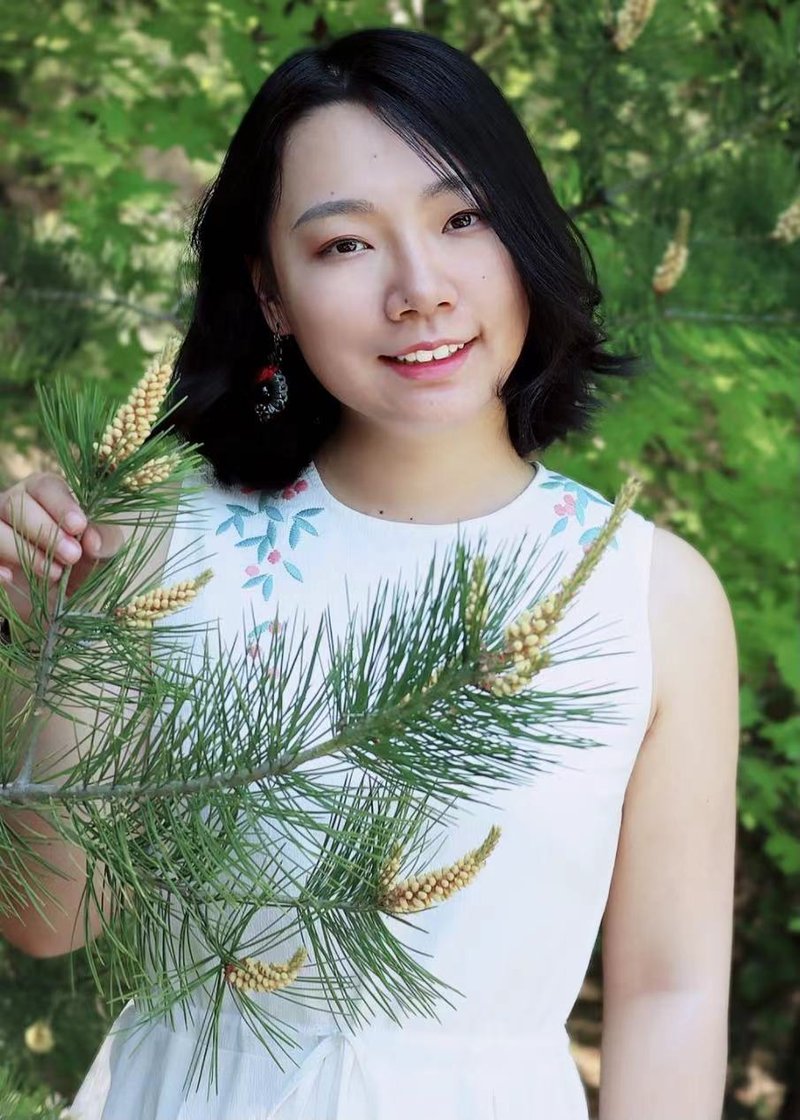Dianna Su

In 2022, 41 contemporary art curators, researchers, and museum directors from 24 different countries were awarded to attend the CIMAM 2022 Annual Conference. The CIMAM 2022 Annual Conference, titled "The Attentive Museum. Permeable Practices for a Common Ground", was held in Mallorca (Balearic Islands), Spain on 11–13 November, hosted by Es Baluard Museu d'Art Contemporani de Palma.
Dianna Su's Conference Report
It’s my great honor to achieve the CIMAM travel grant. Even though I can’t meet candidates in person in Spain, I still have a great time attending this conference via zoom and the internet platform in San Francisco. Since the meeting time is in the course of midnight in the United States, I can only participate in some parts of the conference.
For me, the most inspiring speech comes from the curator and general director of Zoma Museum. They are trying to establish a whole new contemporary art museum in Ethiopia, which focused on the possibility of being human both for the public and artists. The architecture and its design are inspired by the local environment, which shows the unique characteristics of a modern museum built in Africa. In China, we have many art museums nowadays. However, do those art museums are human-friendly museums? Many art museums are not inspired by the local culture and nature, in another word, they are very modern, glamorous, and beautiful from the perspective of the building and its design, but are more likely the same as art museums in the western world rather than an organic and friendly building to local people and environments in China. You can’t deny they are gorgeous, but they are maybe unexpected and out of gregarious with their surroundings. I am concerned that the main reason is perhaps they are not conceived of the concepts of being human and being a human-friendly museum. I think this is what we should learn from our contemporaries in Africa which whom we are not familiar. Here, we didn’t know much about African art in our World Art History class, not to say the avant-garde in Africa and its contemporary art world. I believe we should learn something more about African art in our teaching and exhibition in the future.
As for the group talks, I am very interested in the question of the relationship between the non-objects collection and contemporary art museums. Many years ago, when I visited the exhibition of Shanghai Biennale, I found that there is a fully white space inside this art museum, and couldn’t find anything about this strange room in the catalog of Shanghai Biennale, except the name of the artist, Tino Sehagal, and the title of the artwork in a blank page, called This is so contemporary! Contemporary! Contemporary!. When I walked into the middle of the space with puzzle and confusion, several guards in that space suddenly shouted at me with a circle and sang rhythmically- This is so contemporary! Contemporary! Contemporary! Then they went back to their ordinary working condition in this gallery. This artwork shows how non-object artwork can challenge and change the public experience and the museum inside. It means not only the curator could change the institution of the museum, but also the artists and public could make new connections with each other which change from the inside. How a museum in China treats this kind of artwork, for us, is still challenging and full of possibilities for collecting, exhibiting, and public education in local ways.